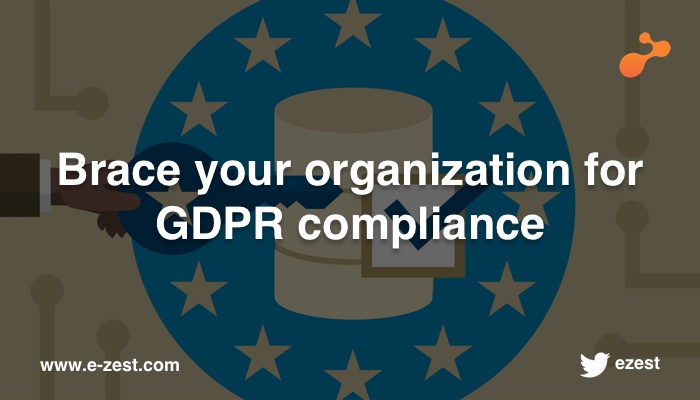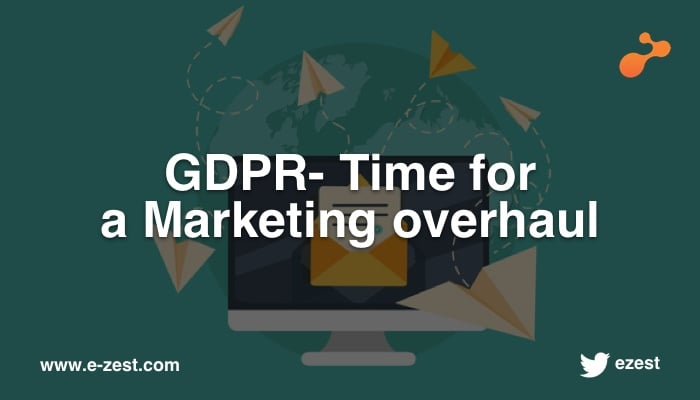Surprisingly I still come across articles that refer ‘cloud computing’ as a buzz word. We have crossed that phase long back. Today a simple search on Google for ‘cloud computing’ gives 528,000,000 results. Moreover, we have European companies forming cloud computing strategies to boost GDP and national employment.
The European Commission has adopted a strategy in late 2012 to benefit from cloud computing. It aims to create 2.5 million jobs and additional 1% GDP by 2020. Also, cloud computing is very much a part of Europe’s digital strategy.
Europe’s digital strategy is trying to address the issue of interoperability through promoting common technical standards. Also, it is trying to bring industry leaders and public sector together to work on common procurement requirements for cloud computing in the most transparent and open way possible.
Europe has given some serious thought about cloud implementation and that’s the reason it has setup C-SIG (Cloud Select Industry Group) as a part of EU cloud strategy. It is expected to provide independent validation and advice on proposals of cloud computing along with addressing cloud certification schemes, service level agreements and codes of conducts.
European countries have their own version of guidelines for cloud computing. These guideline documents talk about elements to be covered under services contract, various considerations to be made before engaging cloud vendor, best practices for internal security policies and procedures and encryption standards etc.
Europe is all set to propel its economy by forming a firm strategy for cloud computing. With proper implementation strategy, I am sure that Europe will be able to achieve what it has set for itself by the year 2020.










